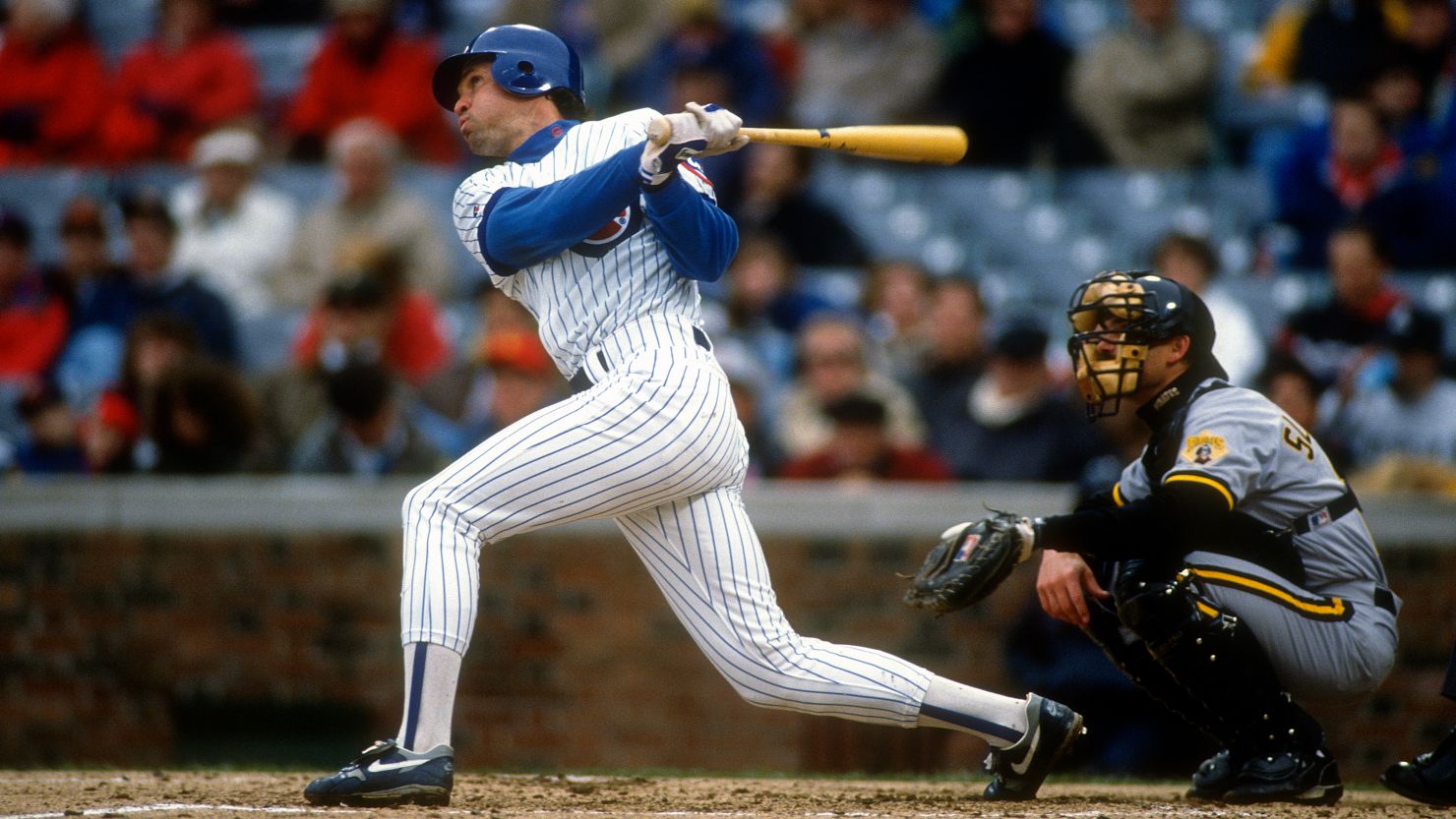In a turn of events that has stunned the baseball world, Chicago Cubs’ outfielder Pete Crow-Armstrong has announced his retirement from the game, a decision spurred by an extraordinary series of events involving a cancer-free Ryne Sandberg and a pair of specially designed cleats. This unexpected development has left fans and analysts alike grappling with a whirlwind of emotions, as a once-promising career comes to an unforeseen end.
Pete Crow-Armstrong, who had been a rising star in the Cubs’ organization, was regarded as one of the most exciting young talents in Major League Baseball. Known for his exceptional defensive skills and dynamic batting, Crow-Armstrong’s future seemed bright. However, the 2024 season has brought a series of dramatic turns that have reshaped his trajectory.
The catalyst for Crow-Armstrong’s decision came from an unexpected source: Ryne Sandberg, the Cubs’ legendary second baseman and Hall of Famer. Sandberg, who had been battling cancer privately for years, recently celebrated being cancer-free, an announcement that sent waves of relief and joy throughout the baseball community. In a gesture of gratitude and celebration, Sandberg partnered with a prominent sportswear company to design a unique pair of cleats, symbolizing his victorious battle against the disease and his enduring connection to the Cubs.

The cleats, emblazoned with vibrant designs and motivational messages, were worn by Sandberg during a special charity event organized to raise funds for cancer research. The event garnered significant attention, not just for its noble cause but also for the emotional connection it evoked among fans and players alike. Crow-Armstrong, who had been struggling with injuries and form issues throughout the season, was deeply moved by Sandberg’s story and the symbolism behind the cleats.
In a surprising twist, the cleats became a focal point of a media frenzy when Crow-Armstrong was seen wearing them during a game. The young outfielder’s choice to don the special cleats was interpreted by many as a tribute to Sandberg’s resilience. However, it soon became clear that the gesture had a deeper significance. Crow-Armstrong’s performance with the cleats was nothing short of remarkable. He displayed a renewed vigor on the field, hitting crucial home runs and making spectacular defensive plays. This resurgence in form led to speculation that the cleats had somehow reignited his passion for the game.
Despite this resurgence, Crow-Armstrong’s retirement announcement came as a shock. In a heartfelt statement, he revealed that while the cleats had inspired him and allowed him to experience a brief renaissance, they also made him confront deeper personal challenges. The physical demands of professional baseball, coupled with the mental and emotional toll of trying to live up to his potential, had become overwhelming. Crow-Armstrong expressed gratitude for the support he had received from Sandberg and the Cubs organization but admitted that the pressure to continuously perform at a high level had taken a significant toll on his well-being.
Sandberg, in his response to Crow-Armstrong’s retirement, expressed his deep respect and understanding. He acknowledged the immense challenges faced by professional athletes and praised Crow-Armstrong for his courage in making a decision that prioritizes his health and happiness over the rigors of a demanding career. Sandberg’s support and the emotional connection between the two players added a layer of poignancy to Crow-Armstrong’s departure.
The Cubs’ organization has also been vocal in their support for Crow-Armstrong. Team officials have lauded his contributions and dedication, emphasizing that his retirement does not diminish the impact he made during his time with the team. The Cubs have vowed to honor Crow-Armstrong’s legacy and continue supporting causes important to him, including cancer research.
As the baseball world processes this surprising turn of events, fans and analysts are left to ponder the implications of Crow-Armstrong’s retirement. His potential was undeniable, and his departure leaves a void that will be challenging to fill. Yet, his story also serves as a reminder of the human side of professional sports, where personal struggles and triumphs often intersect in unexpected ways.
Pete Crow-Armstrong’s retirement marks the end of one chapter and the beginning of another. While his time in the spotlight may have been brief, his impact and the lessons learned from his journey will resonate with fans and fellow players for years to come. In the end, Crow-Armstrong’s decision to retire, inspired by the remarkable journey of Ryne Sandberg and the symbolic cleats, highlights the complex and often unpredictable nature of a career in professional sports.

